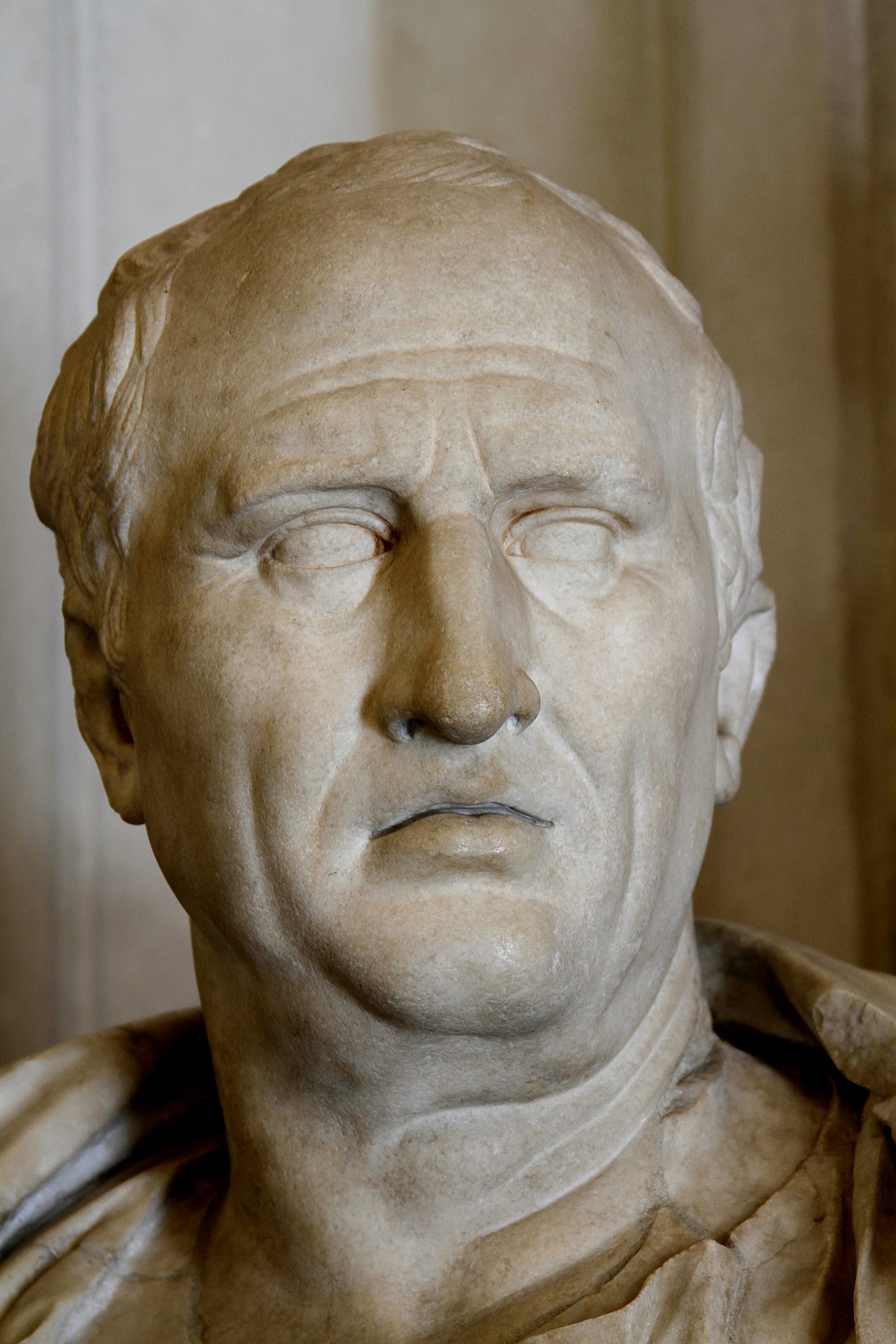Holidays are all
about traditions. Growing up in a German-Canadian home, I got the best of both
cultures. Our family's New Year's Eve involved going to church. We called it Silvester and recently I learned why. It's named after St. Silvester, a
fourth century pope who died on the 31st of December, in 335 AD.
Home from church, my mom would deep fry jam busters which we called “Berliners.” They'd form into unusual shapes and, like clouds, we
imagined them as all sorts of animals. The joke was on the person who got his yummy
buster stuffed with mustard instead of jam or pudding. My mom would laugh, but I never found it funny.
Maybe there’s a
connection between the dough being shaped in the hot fat, and the more popular
tradition of predicting the future using molten lead. You melt a spoonful of
lead over a candle flame, then pour it into cold water and watch to see what shape
it takes. This ancient Greek type of fortune-telling with molten metal is known as Molybdomancy and it’s done throughout northern Europe. The art of seeing meaning in random things like clouds or jam busters is known as apophenia.
It’s German
tradition to wish people a “Guten Rutsch” into the new year. So here’s wishing
you ‘a smooth slide’ into 2017. For us here in Winnipeg, our latest snow fall
will make that easy!




